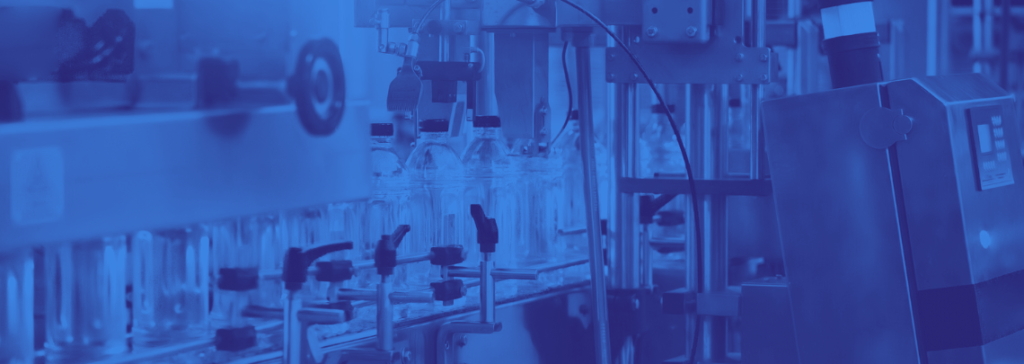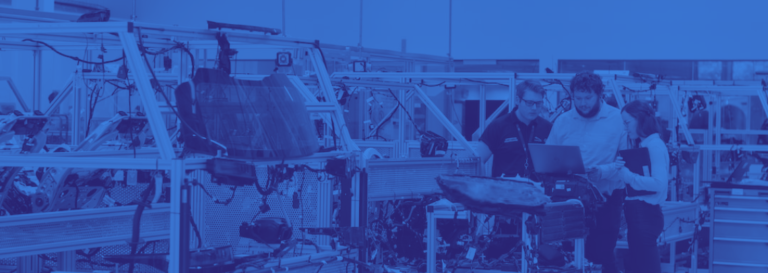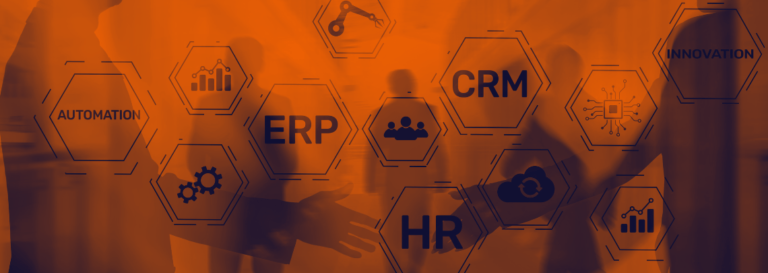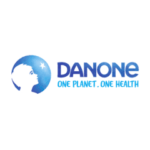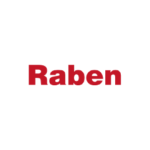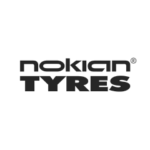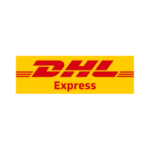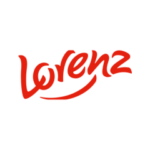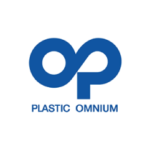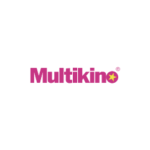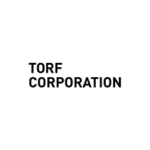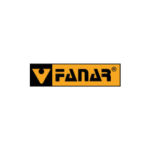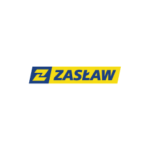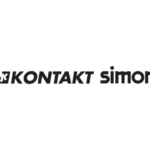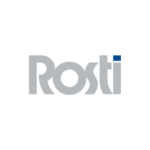As consumer research shows, the ability to verify a product and its transparency has recently become a desirable feature for customers. They no longer only pay attention to where the finished product comes from, but under what conditions it was produced, from which semi-finished products and by whom. Generation Z is playing an increasingly important role in the consumption market and it is Generation Z, with its active social involvement, that is setting the tone for expectations of product genealogy or traceability.
Traceability vs. genealogy
– It is common for the concepts of traceability and genealogy to be treated interchangeably as synonyms, also in professional speeches- says Dariusz Kacperczyk, adviser to the management board of eq system. – Genealogy is a specific metric of a product’s origin, ensuring traceability in the flow of raw materials and components. Traceability, on the other hand, is a process in which we track the logistics of the flow of raw materials and components from the moment they are obtained to the moment they are delivered in a processed form to the end customer, along with all the parameters and circumstances accompanying this transformation, i.e. the conditions under which the final product is created. However, irrespective of ontological differences, the need for traceability arises in every industry, whether required by legal regulations or not, adds D. Kacperczyk.
Legally, the traceability obligation has long been imposed on manufacturers of food, cosmetics, pharmaceuticals, automotive companies, among others. This does not mean that representatives of other industries are not investing in tools to digitise traceability.
– We see a clear increase in enquiries about the possibility to digitalise the process of obtaining information about a product and the process of its creation – says D. Kacperczyk. – Companies, analysing consumer trends, are becoming increasingly aware that they need to build their market position on the basis of transparency of information regarding, among other things, the implementation of a sustainable development strategy, covering the entire value creation chain and such elements as energy and material efficiency or emissions of harmful substances.
Traceability in practice
Never before have companies – whether they are large corporations or medium-sized enterprises – had to deal with so much data, which can be used to improve productivity, adapt their offers to the changing market, streamline their management. It is the ability to derive value from data that increasingly determines the competitive position of companies. An excellent example of this is the Formaster Group, a modern family-run company primarily famous for its Dafi brand products. The company employs more than 400 people, has its own design and construction office and laboratory, and more than a dozen production lines from where millions of products come off each year. Since 2015, Formaster Group has been cooperating with eq system, and the cooperation has resulted, among other things, in the implementation of the ASPROVA APS production planning and scheduling system, the XPRIMER.MES production monitoring system with IoT module and TRC (traceability). Previously, traceability was carried out in the form of separate data sets from which it was impossible to retrieve information quickly – e.g. concerning the raw materials used. It could take up to 48 hours to reconstruct the path of the filter, as the data came from different sets located in different departments.
In addition, the process involved an excessive amount of staff. Nowadays, it is as simple as entering the batch number with which a container is labelled into XPRIMER and information is immediately presented on what raw material was used, who produced the product on which machine, at what times, and who closed the logistics unit. There is also data on the certificates entered on receipt of raw materials such as granulate or dye. Some of the work involved for an employee has been eliminated: entering the data, transcribing it in internal records, creating a label. For quality control in the semi-finished product warehouse, the traceability feature is coupled with the WMS system, which means that quality control staff no longer have to, for example, search through multiple sources of information (paper documentation, ERP system) to verify, for example, the dye used in the production of a given piece.
– Our system makes it possible to track the necessary parameters, such as production date and time, serial number of the part, operator ID, job identification, operation number, number of the given production facility, registration of process parameters (as required for individual operations), identification of the process sequence, or registration of the BOM,’ says Tomasz Balin, expert and advisor to the management board of eq system. – The validation mechanisms incorporated in XPRIMER.TRC prevent errors in the recording of raw materials and substances used. The system requires the operator to indicate a specific batch of used materials and verifies the correctness of the indicated data.
Traceability as part of total production management
Traceability enables the collection of data – while its analysis and correlation with production batches is the domain of systems such as MES; after all, the MES system collects information concerning, among other things, material flow, monitoring of recipe changes carried out by personnel and parameters of the production process in the context of a given production batch.
– Thanks to the fact that the MES system integrates with production machines, extracting the relevant information, it collects all data on the course of production processes, the status and working time of production resources and the progress of production orders,’ says D. Kacperczyk. – As our customers emphasise, the data extracted from XPRIMER.MES is used, among other things, in production planning, technology management, improving production quality or increasing sales value.
One of the less obvious benefits of digitalising traceability and integrating it with MES and APS lies in more efficient management of production batches.
– With a traditional, “paper-based” approach to traceability, reducing production batches is much more difficult or even impossible – emphasises Tomasz Babiarz, an expert in the business analysis department at eq system. – More and more often, our customers are faced with the need to produce short, personalised batches, which in turn involves the need to change raw materials. Such processes run effectively when they are integrated with the MES and APS, which are able to create dynamically, on the basis of current demand and the market situation, volumes of production orders that are justified from the business point of view, and not resulting from the possibility (or lack thereof) of a detailed record of process and product parameters.
Traceability in response to the needs of the modern consumer
Acquired data is becoming a fully-fledged production resource, influencing business efficiency and determining the development of new relations with the consumer. Detailed records of process and product parameters are essential in creating a competitive advantage based on values relevant to the modern consumer. Soon, the carbon footprint (along with price, delivery time, durability, quality, etc.) will be one of the parameters taken into account when customers choose a given product. It will therefore become increasingly important for the manufacturer to record the environmental impact of the production process of a product. This will be possible by recording the consumption of raw materials, energy, water, waste and wastewater generated, or packaging. A manufacturing company, with the help of appropriate software and traceability, can keep a database of all raw materials and components used in a given product, also with a view to the future disposal of the product in compliance with all safety principles and the use of individual materials within the framework of recycling.
How traceability affects cost reduction, how it improves work and why it is worth relying on a good MES system >>> read here.


